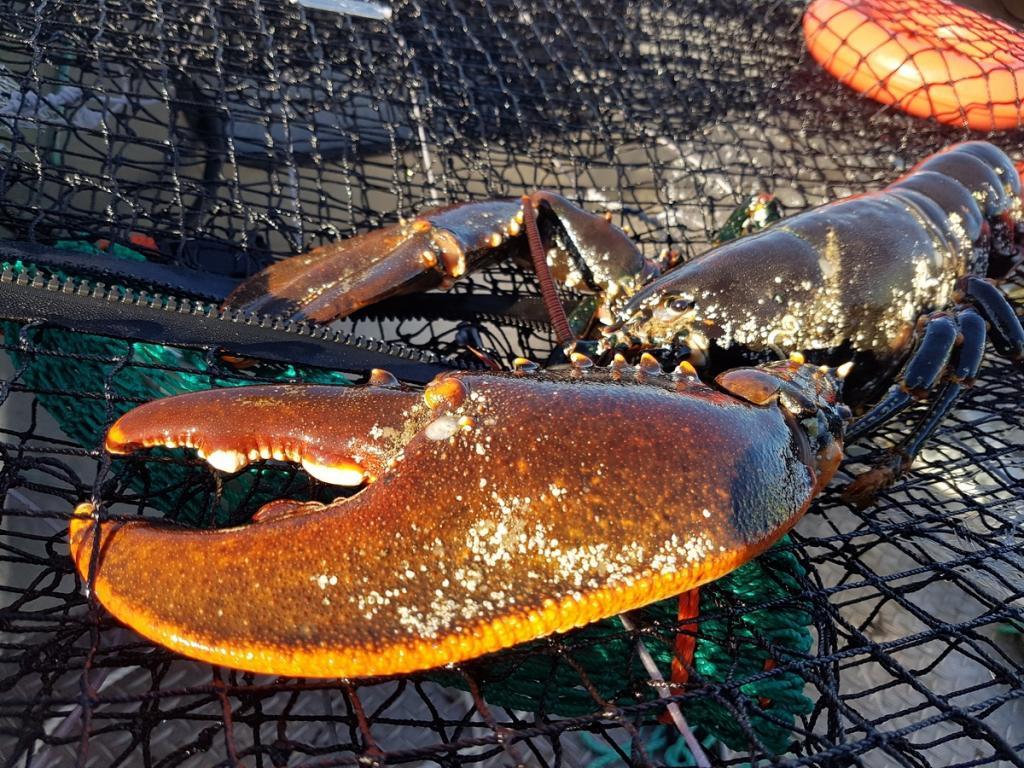
© (c) Tonje Knutsen Sørdalen
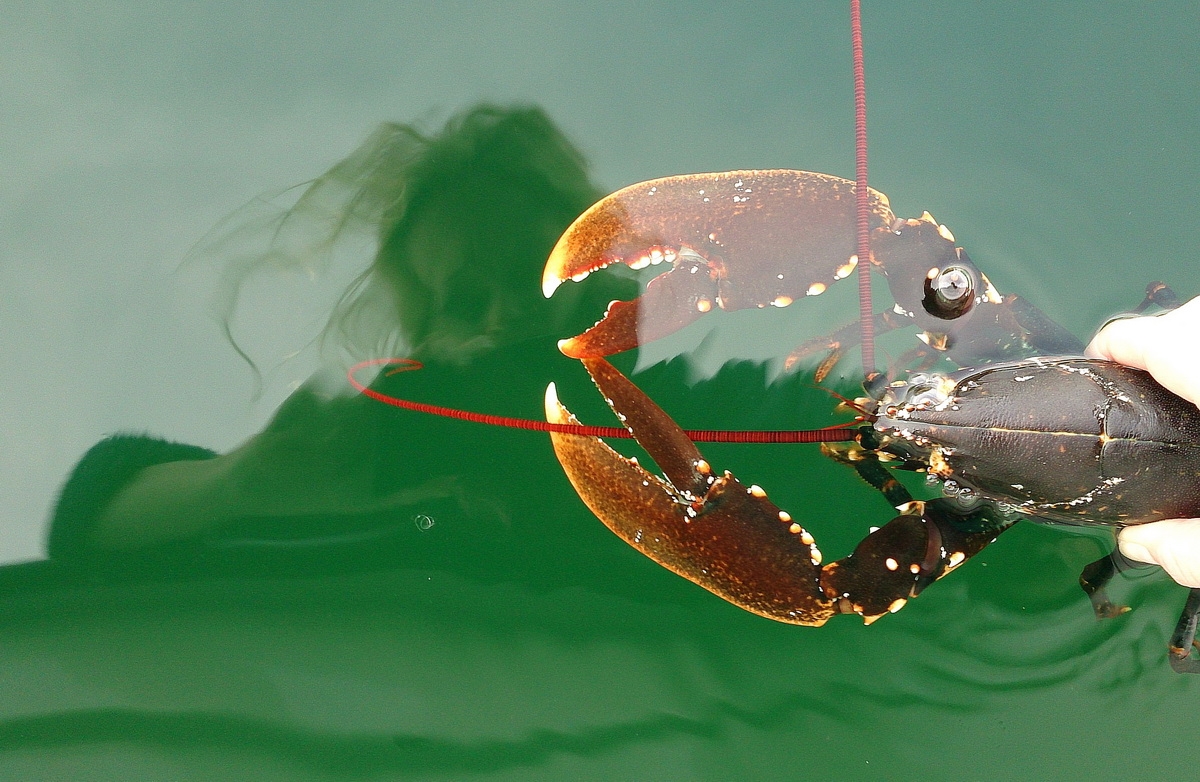
© (c) Tonje Knutsen Sørdalen
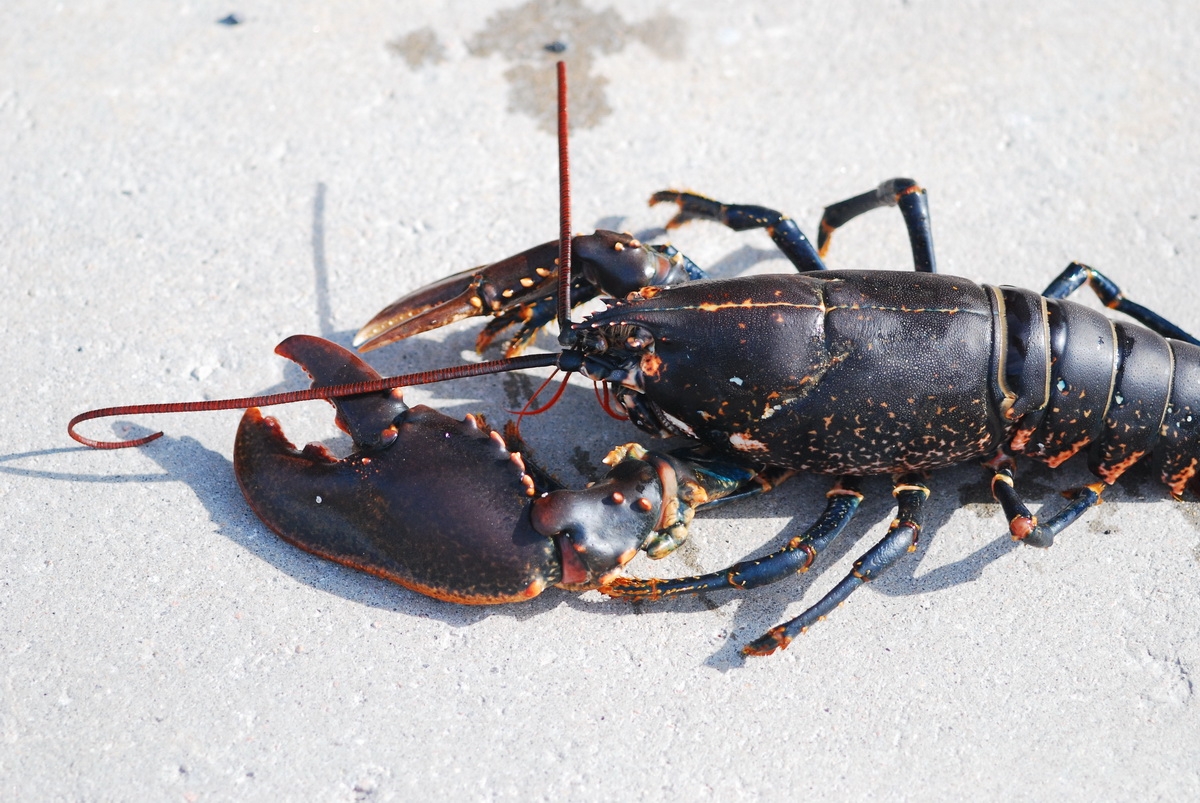
© (c) Tonje Knutsen Sørdalen
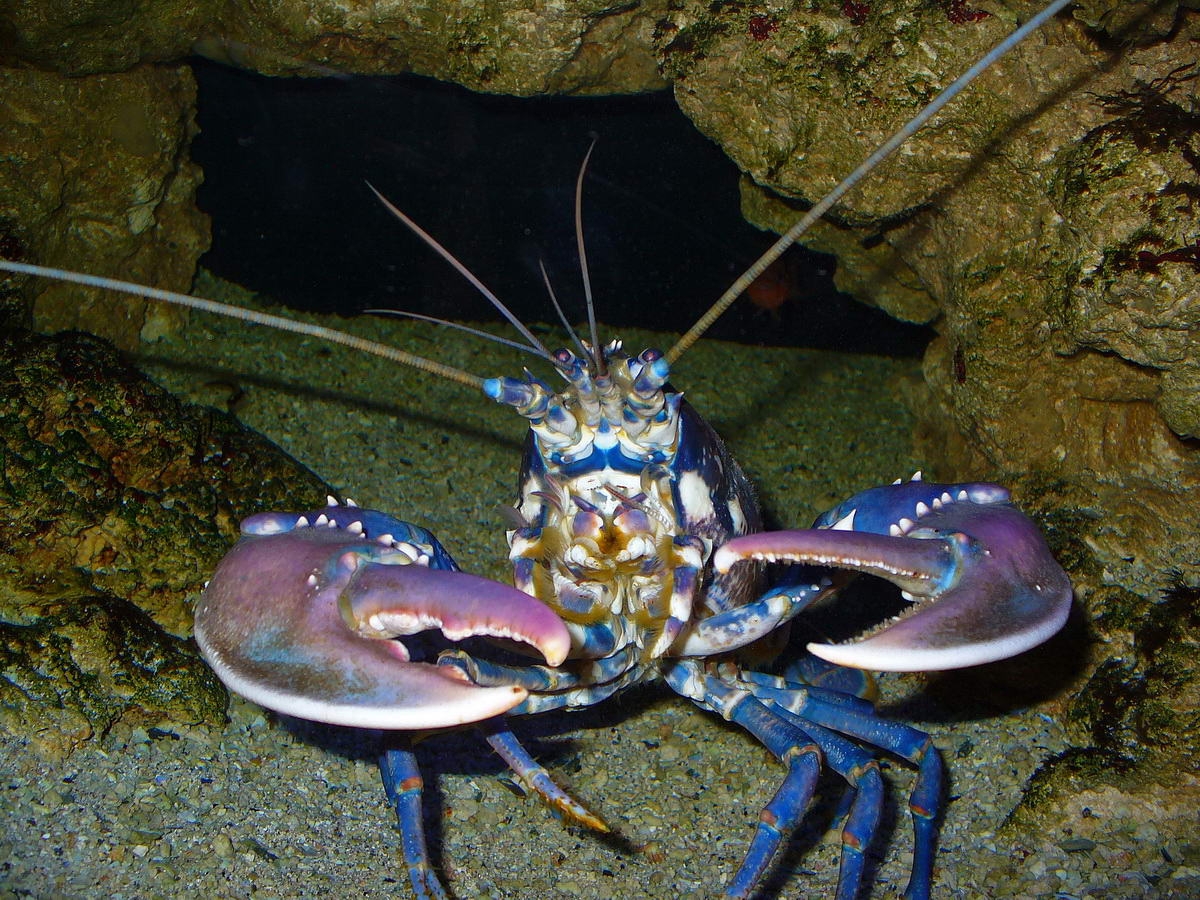
© (c) H.Zell, Wikipedia
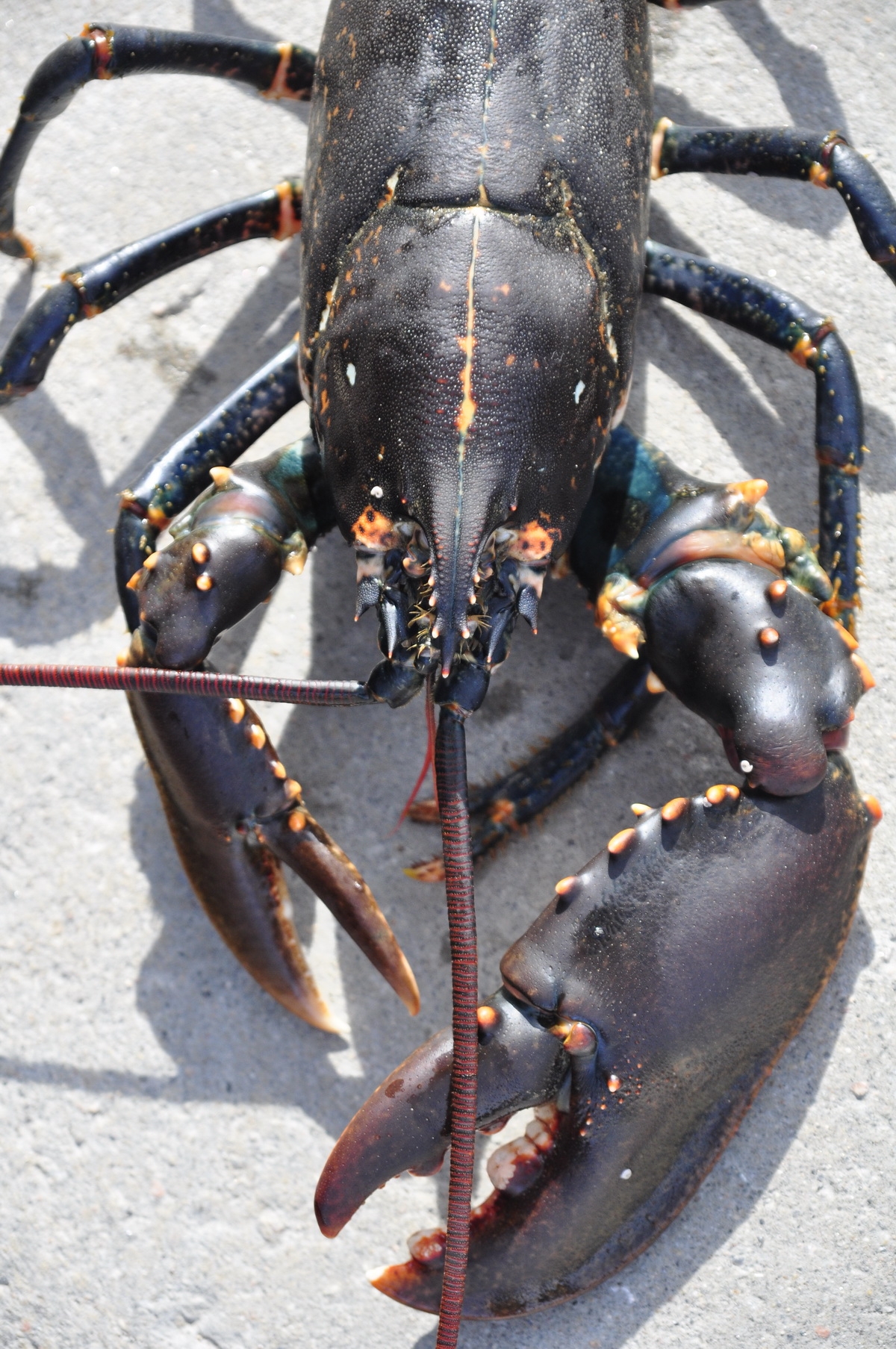
© (c) Tonje Knutsen Sørdalen
Reproduction: Size matters!
April 4, 2018
Fishing pressure can change the mating behaviour of lobsters
If you have a large selection of sexual partners, lobster women choose males with a big body and a muscular pair of scissors. However, new research shows that fishing pressure can influence this ideal of beauty…
The Norwegian oceanographer Tonje Knutsen Sørdalen has compared how the mate choice of lobsters in the Flødevigen Lobster Reserve works compared to a control zone outside the protection zone: there are clear differences.
"Through DNA testing of males and females with fertilized eggs, we can find out which male lobster has become a father," says Sørdalen.
There is a ban on lobsters in the reserve. Therefore, there are more and larger males at home here than in areas where fishing is allowed. The minimum size for catching lobsters is 25 cm, so larger animals are more exposed to fishing pressure.
"In both areas, the females choose a partner who is taller than themselves. But the size difference between males and females is much larger in the reserve," says Sørdalen.
"Body and scissor size of males can also affect their sex lives, and large scissors are not only beneficial in combat, they can also be attractive to females," she continues.
"In the area outside the reserve, it seems that the females do not care about the size and not all are looking to mate with the few, large males," said Sørdalen.
She suspects that it is difficult for the females to judge what is attractive, as lobsters outside the reserve are so rare. The fact that females are less choosy in mate choice can have long-term consequences.
In the long run, the lobsters can become smaller"If males no longer benefit from being tall, this can lead to a reduction in lobsters in the long term, and our study is the first to empirically show that fishing can affect sexual selection," concludes Sørdalen.
Link to the study:
onlinelibrary.wiley.com/doi/full/10.1111/eva.12611.